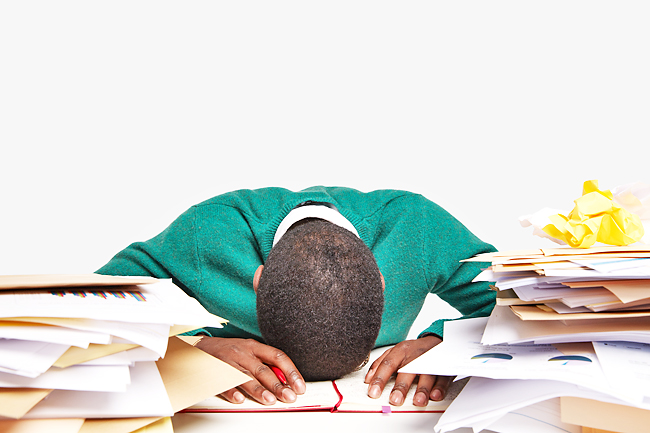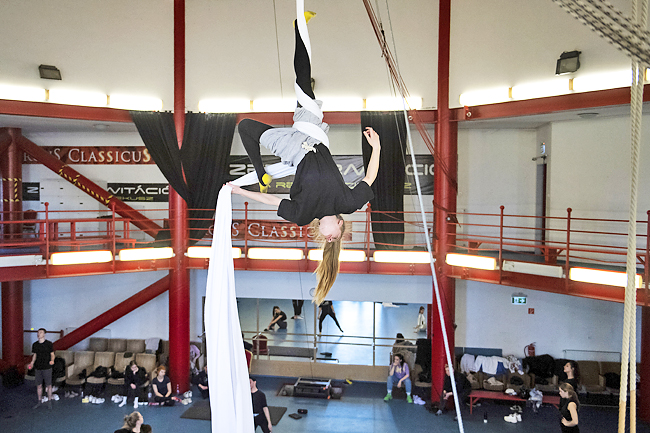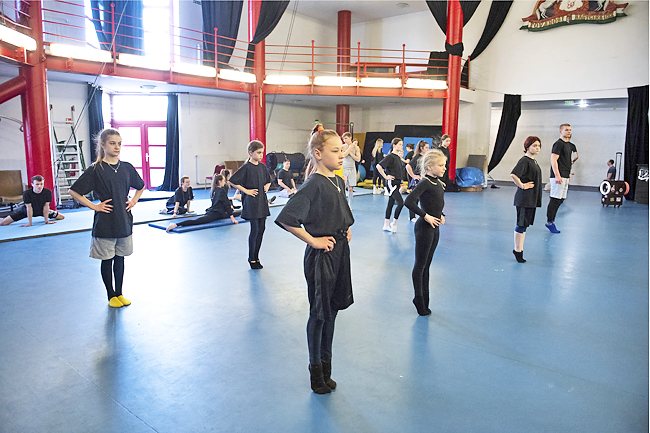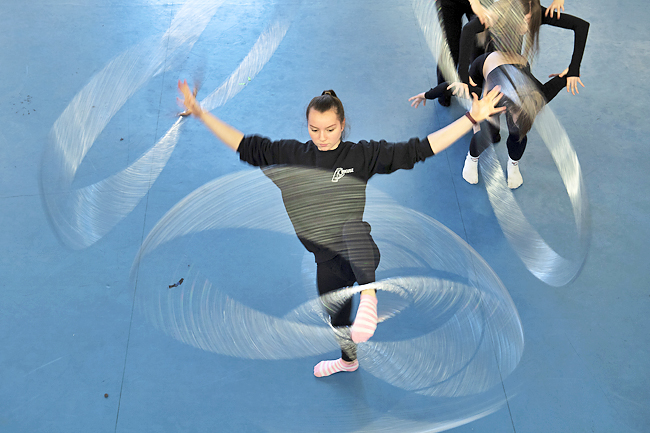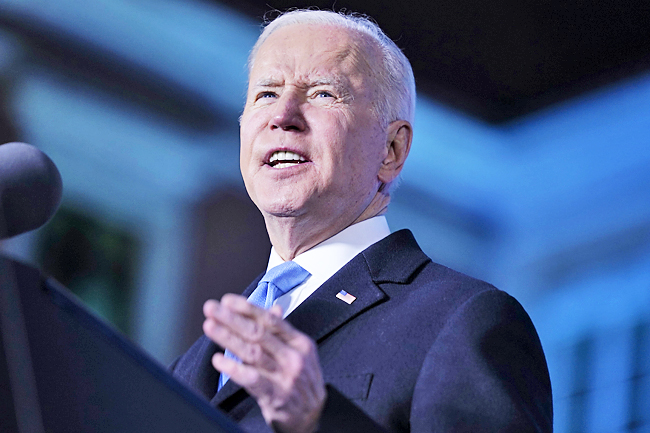Melinda Wenner Moyer
CNA – Children in America are spending more time than ever using screens and social media, with the number of hours spent online having risen sharply during the pandemic, according to results from a survey released on Wednesday.
The survey, published by the non-profit research organisation Common Sense Media, found that overall screen use among teens and tweens increased by 17 per cent from 2019 to 2021 – growing more rapidly than in the four years prior. On average, daily screen use went up among tweens (ages eight to 12) to five hours and 33 minutes from four hours and 44 minutes, and to eight hours and 39 minutes from seven hours and 22 minutes for teens (ages 13 to 18).
The increases reported by the survey are most likely a reflection of the difficulties that families endured with school, childcare and social interaction throughout the pandemic, experts said.
Of particular concern to some who track screen time is an upswing in social media use among children ages eight to 12, on platforms such as Instagram, Snapchat and Facebook, even though such platforms require users to be at least 13 because of a law that prohibits companies from collecting data from children.
The findings “don’t surprise me”, said Diana Graber, the founder of Cyberwise, a website for adults who want to help young people use technology safely, and the author of Raising Humans in a Digital World.
During the pandemic, she said, children turned to screens for entertainment and to connect with friends, since many didn’t have in-person school or activities.
But, she added, “the huge number of children using social when they’re so young – it makes me want to cry”, she said. “These social media apps are not designed for children.”


WHAT THESE CHANGES MEAN
Although technology use increased across the board, screen use was highest among children from low-income families as well as children of colour, which makes sense given that these families were affected most by the pandemic, said Devorah Heitner, the founder of Raising Digital Natives and the author of Screenwise: Helping Kids Thrive (and Survive) in Their Digital World.
“Low-income children were hit harder by school closures,” Dr Heitner said, and may have had fewer after-school activities during the pandemic, too, and so they were home and had more time for screens. Because low-wage workers were also more likely than other workers to be required to work in person, parents in these families might have been home less, which meant that “their children were left more to their own devices, so to speak”, Graber added.
The report also found that boys spent more time on screens than girls did, perhaps because of their affinity for gaming, Graber said, which can be time intensive.
Experts said that the increase in screen use wasn’t necessarily a cause for concern in and of itself. For instance, when children used screens to connect with friends during the pandemic, that was most likely a good thing, Dr Heitner said.
But the new survey, which polled 1,306 people ages eight to 18 online, suggested that children were not primarily using screens to stay in touch with peers.
Teens, for instance, reported spending more than three hours a day on average watching videos or TV and nearly two hours a day gaming – but only 20 minutes a day video-chatting with friends.
WHY EXPERTS WORRY
It’s important to consider what children are not doing when they spend so much time on screens.
“You worry if it’s replacing activities, like sleep, family time, reading, chores – other things that are positive for children,” Dr Heitner said. “That’s definitely a real concern.”
These worries aren’t confined to the parents of teenagers. The survey found that 64 per cent of tweens reported watching online videos every day, and 65 per cent reported watching TV each day.
Among tweens, 38 per cent of survey respondents said they used social media, an increase from 31 per cent in 2019.
It’s worrying that children under 13 are using social media at all, Graber said. Social media platforms often include graphic and scary content that young children are not ready to see. “I did TikTok this morning, and Ukraine war live footage is all over that app,” she said.
Another concern is that misinformation is rife on social media platforms like YouTube, Graber said. “A young child – they have no idea what’s real and what’s fake,” she said. “So they could fall down this rabbit hole of misinformation and find a very confusing world in front of them.”
She noted that YouTube in particular had a worrying algorithm that was designed to expose viewers to more extreme content over time.
It’s also not healthy for younger children to be exposed to the social complexities intrinsic to social media, Dr Heitner said. “Social comparison, and the potential to see events that you’re not included in or missing out on, can be painful,” she said.
WHAT PARENTS CAN DO
One exercise Graber does with her digital-literacy students – and that parents could also try at home – is to ask children to analyse how they spend their time over the course of a single day.
Often, “they’re kind of surprised at how much time they spend on screens”, she said.
Next, she asks them to create a bucket list of 25 things they would do if screens didn’t exist and then suggests they take a 24-hour vacation from screens, encouraging them to accomplish some bucket-list tasks during that time.
“Believe it or not, they usually come back the next week and say, ‘You know what, that felt good,’” Graber said.
The new Common Sense Media survey found that only 34 per cent of teens said they liked using social media “a lot”, so many teens already have reservations about it and may welcome the break, she noted.
Parents may also want to sit down with their children and create a technology agreement, Ms. Graber said, outlining various details including when and where children can use screens and for how long.
Perhaps younger children can watch YouTube only when a parent is in the room with them,
for instance.
“For a lot of children, that’s going to be a good caution – ‘Oh, maybe I’m not going to click on the gross thing because my mom’s right there,’” Dr Heitner said.
When younger children use screens alone, parents can limit their use to apps that adults can more easily control, such as Netflix or Disney+.
Perhaps most importantly, parents should regularly have conversations with their children about screens and social media. Ask them which YouTube influencers they like and why, Graber suggested – or, if they’re on other platforms, ask them what they’re looking at and what they find interesting.
Parents should explain the importance of privacy and that what children share will reflect on them and their reputation, Dr Heitner said.
It might also be helpful to discuss the performative nature of social media so that children understand that people “post when they’re having a really good time, or when they’re having a really good hair day, and that doesn’t necessarily reflect their constant lived reality”, she said.
Whenever possible, parents should try to use screens with their children, too.
When adults use platforms with their children, they have an opportunity to share their values
and expectations.
“Get online with them and ask questions and be curious and try not to be judgemental,” Graber said. “Just like you would watch out for them on the corner or at the park, you watch out for them online.”


